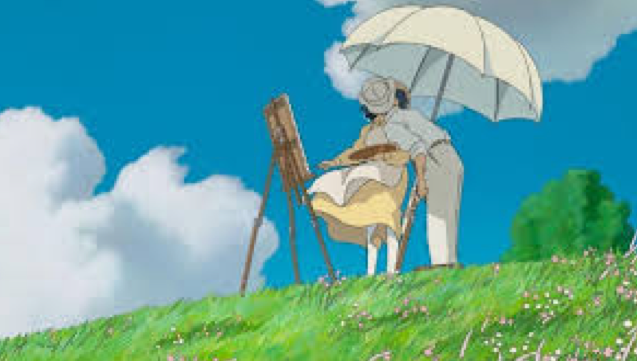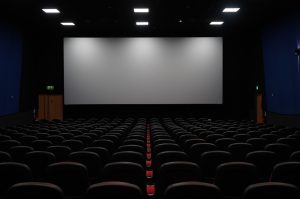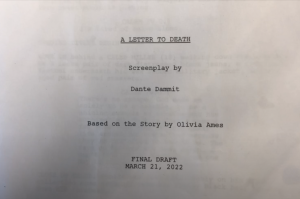On September 1, 2013 the acclaimed Japanese animator, Hayao Miyazaki, announced he is retiring from filmmaking and his latest film, “The Wind Rises” (2013) will be his last film.

To those who are unaware of the name Hayao Miyazaki, he is widely acknowledged as one of the greatest animators in the world and certainly in Japan. Thanks to the Walt Disney Company, which owns American distribution rights to his films, Hayao Miyazaki’s work has also found an audience in this country.
With Miyazaki’s retirement, film fans, not just those interested in animation, should mourn his decision. Hayao Miyazaki was born in Bunkyo, Tokyo on January 5, 1941. He began his career in 1963 when he joined Toei Animation, which was originally known as Japan Animated Films when founded in 1948. During this time Miyazaki was an “in-between artist” – this is the process of drawing between key frames which help to create an illusion of motion. At Toei Animation Miyazaki worked on the animé feature films “Watchdog Bow Wow” and Gulliver’s Travels Beyond the Moon”. After leaving Toei in 1971 Miyazaki would direct his feature film debut “Lupin III: The Castle of Cagliostro” (1979), which was based on a manga series, which is basically a Japanese comic book.

The movie would not resemble later Miyazaki films which focus on man’s relationship with nature and technology. His films also deal with aviation (Miyazaki’s father made rudders for A6M Zero fighter planes during WW2), they are anti-war (Miyazaki is a known pacifist) and usually center around young, strong willed female characters.
The movies which best showcase these themes are “Nausicaa of the Valley of the Wind” (1984), a science-fiction movie based on Miyazaki’s own manga series of the same name and his often regarded as his masterpiece, as well as “Castle in the Sky” (1986) a movie about two orphans running away from pirates. The movie takes place around the turn of the century and deals with the dangers of the industrial age.
After the success of “Nausicaa” Miyazaki co-founded Studio Ghibli along with Isao Takahata, Toshio Suzuki and Yasuyoshi Tokuma in 1985. It is where Miyazaki has made all of his films since. Those films include “My Neighbor Totoro” (1988), “Kiki’s Delivery Service” (1989) and “Porco Rosso” (1992). But it wasn’t until Miramax Films bought the rights to “Princess Mononoke” and released it in America in 1999 that audiences here became aware of Miyazaki’s work. American critics were greatly impressed. Roger Ebert, late Chicago Sun-Times movie critic, would champion the film and even place it on his “top ten” list that year.
Miyazaki and his work reached its height of popularity in this country with the release of “Spirited Away” in 2002. It is the story of a young girl who gets lost from her parents in an abandoned amusement park and finds herself in a strange new world. The movie won the Academy Award for best animated feature film, making it, to this date, the only animé film to ever win.
What I love best about Miyazaki’s work is the mature way he deals with his stories and his characters. In this country we tend to think of animation has being for children. When you say animation many people think Mickey Mouse and Bugs Bunny cartoons, which are marketed for children. But Miyazaki’s films are different. In fact, I wouldn’t be surprised if adults enjoy his work more than children.
Miyazaki takes on big issues; the environment, war, the dangers of technology. These are “serious” complex stories. Sometimes the “bad guys” aren’t so clearly defined. Children may not fully understand the implications of his work. Animation is capable of telling serious stories. It does not have to be limited to children’s entertainment. This thinking represents the difference in culture between America and Japan.

Miyazaki has said he is going to retire before, in 1997 and in 2008, after the release of his movie “Ponyo”, and if he means it this time, it will be a major loss in the world of cinema. But audiences have one more opportunity to see the work of Miyazaki on the big screen. His “final film”, “The Wind Rises” has been released in this country and is currently in theaters. It was nominated for an Academy Award in the best animated feature film category but lost to the Disney film “Frozen” (2013).











Be First to Comment